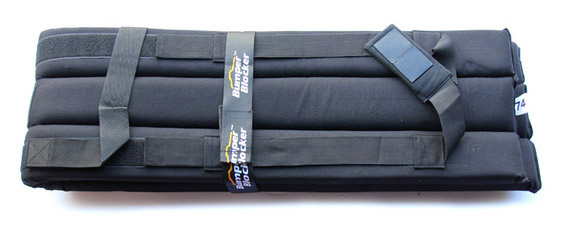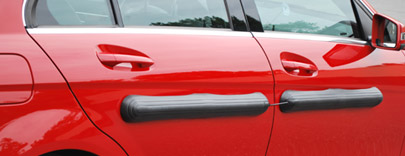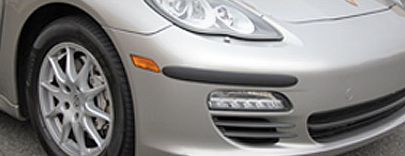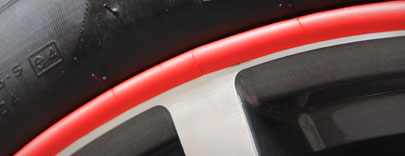Blog
Recent Posts
Parallel street parking in NYC
Posted on
On EuroBumperGuard.com we offer a variety of bumper protection products to protect your vehicle in all different parking conditions. Indoor garage parking is one type of parking, but a lot of people prefer to park on the street. Street parking can be a preferential option for several reasons. First, it is a lot cheaper, if not free. Second, you do not have to hand your keys over to anyone. Third, there is no hassle when you are ready to leave you just get in your car and go! This said…there are many risks and dangers to parking your car on New York City streets…or any other big city (Boston, Washington D.C., Chicago or Miami, etc.) streets as well. We have put together some helpful advice for those of our customers who prefer street parking to garage parking.
Watch Out for Tight Parking Spots – Beware of “the parking gods”…this is a biggie when you are dealing with city parking…everyone thinks they can fit into any parking spot, but in reality you can’t unless you let your bumpers suffer as you can see from the video above. Accurately judging the size of the parking space between two cars is of the utmost importance when looking for street parking. Make sure you are not trying to squeeze in just so you don’t have to walk the extra block. That extra block may save you hundreds or even thousands of dollars in repair costs to your bumper. This said, if you really have no choice but to squeeze into a tight spot, taking a look at our front bumper guards or rear bumper protectors is an absolute necessity!
Beware of Fire Hydrants – In NYC it is illegal to park within 15 feet of either side of a fire hydrant. So be conscious and do not park within the 15 feet in front of or after the fire hydrant. Obedience of this rule will save you a lot of money in an unnecessary parking ticket…and if you think the NYC DOT won’t catch you…you are sadly mistaken. NYC traffic officers patrol constantly and love finding cars parked in front of or too close to fire hydrants. Also be mindful, it is illegal to park in front of driveways, within a crosswalk or intersection and on railroad tracks.
Always Read Nearby Signs – NYC in particular and other big cities like Boston, Washington, D.C. and Chicago in general are notorious for their abundance of overly complicated parking regulation signs. Common signs vary from parking time limits, to certain hours of the day that are excluded, to limiting the time limits to commercial vehicles only during certain hours of the day, to alternate side of the street parking, and street cleaning times. This list is infinite and the worst part is there is usually more than one sign that applies to any street parking spot at any given time. So be sure to read closely and make sure you are parked in an appropriate spot, because again, the traffic officers love to catch drivers that abide by one sign, but missed the other two.
Our Guide to a Perfect Parallel Parking Job – In four simple steps, if followed carefully, you will attain the much-envied “expert” level parallel skills people dream of in big cities. But always remember, no matter how great you get at parallel parking, having a bumper guard, like the Bumper Bully, only makes parallel parking safer and easier for all cars involved.
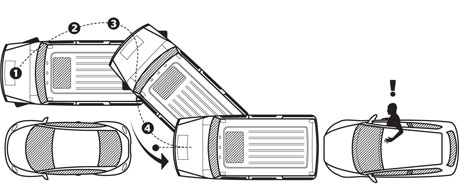
First, pull up two feet away from and along side the car that is parked in front of your space. Line up your front bumper with the front bumper of the vehicle next to you. Keep your foot on the brake and put your car in reverse.
Second, turn the wheel hard toward the curb, lift your foot of the brake, and you will start to move backwards into the space at a sharp (but not too sharp) angle.
Third, at the point where the back of your driver’s seat is lined up with the rear bumper of the car in front of your space, start to turn your wheel (at a steady pace) the opposite direction, away from the curb.
Finally, straighten out and take a gander at your car’s location, which if performed correctly, should be between six and eight inches from the curb and perfectly parallel. Viola!
Last thing to remember – even though you might be operating at an “expert” level of parallel parking, the person parking in front of or behind you most likely is not. So it is still extremely important to protect your bumpers at all costs. A simple rear bumper protection product can save you hundreds of dollars in unnecessary repairs. In the long term, protecting your bumper when parking on city streets is a no brainer!
 Rear Bumper
Rear Bumper Wrap Around
Wrap Around Doors
Doors Front Bumper
Front Bumper Corners
Corners Wheels
Wheels Garage Walls
Garage Walls Accessories
Accessories Loading... Please wait...
Loading... Please wait...
